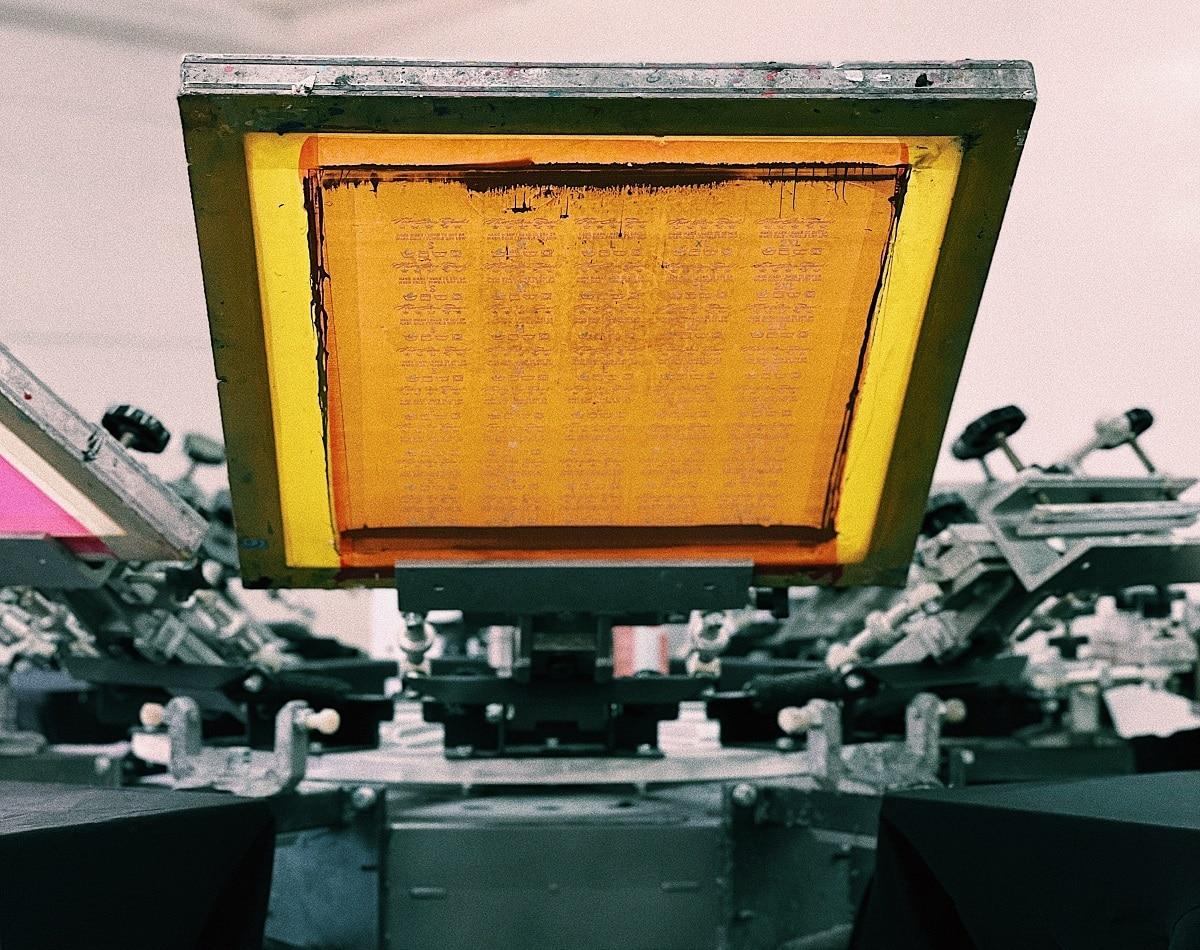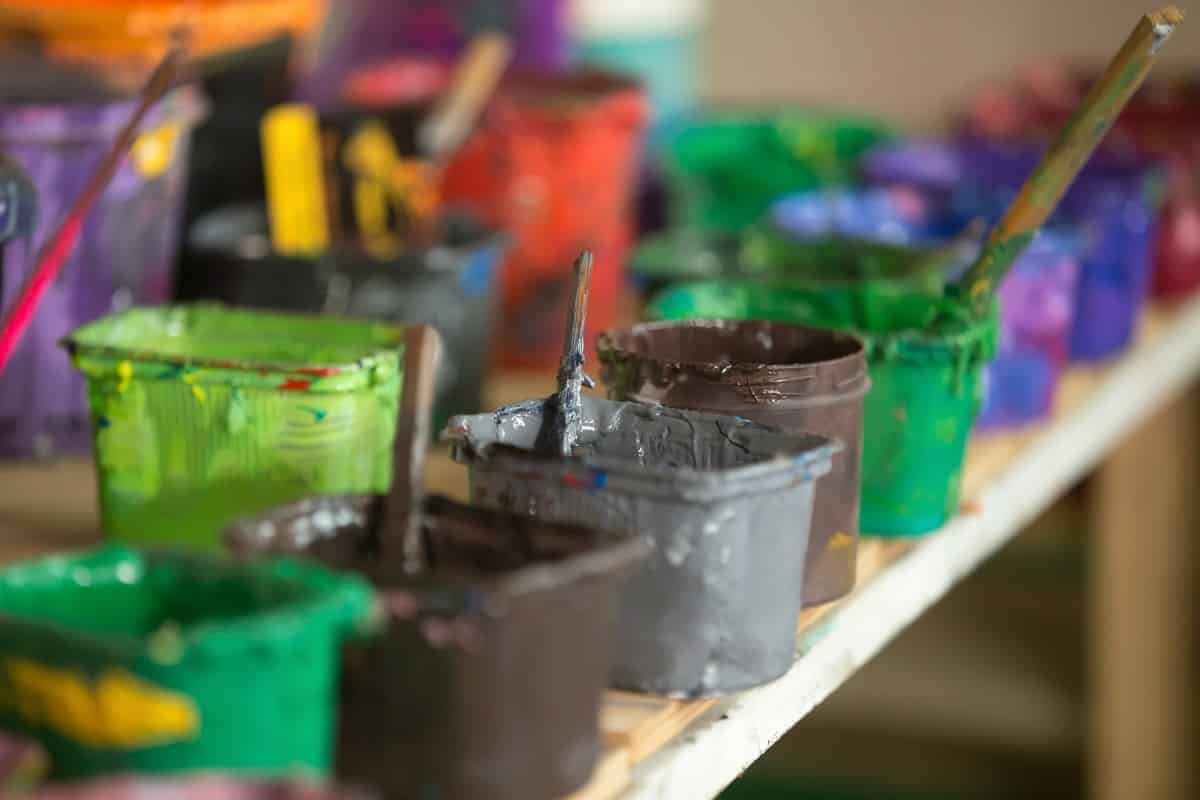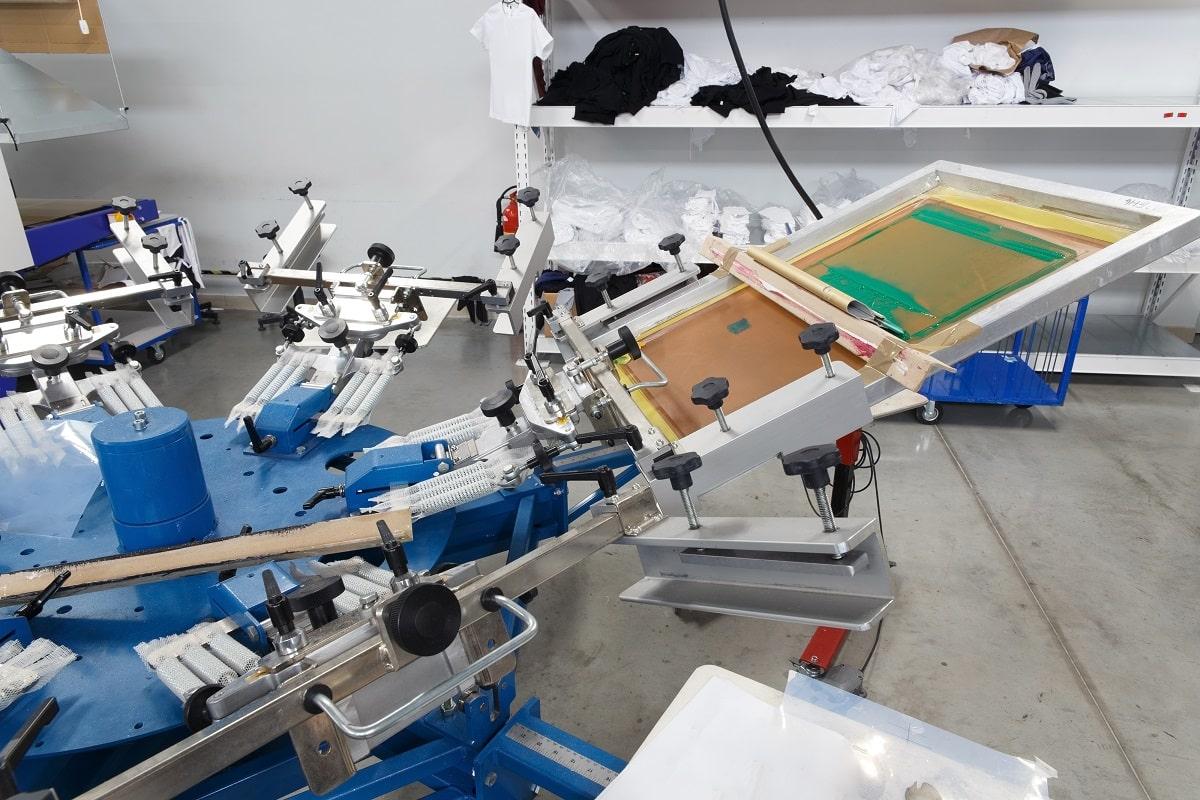With new technologies becoming accessible faster than ever before, multiple opportunities are opening up in every field.
Screen printing is one such field which can be highly rewarding, both in terms of earnings and experience. However, due to the immense popularity of this field, the competition is intense and only businesses that offer quality service can become successful. Here, the biggest factor in the quality of service is your equipment. Having a top grade screen printing machine with quality accessories can be your game changer.
Having the right equipment can increase efficiency to simplify the printing process as well as save time, effort, and resources, resulting in better quality products and services. But it can be pretty challenging to know which equipment and supplies are required if you are just starting out. Remember, there are few types of screen printing processes that you should consider before mastering one.
But don’t worry, because here in this guide, we’ll list everything you need to get started. So, let’s dive in!
Essential Equipment For A Screen Printing Business

1. Screen Printing Press
The first equipment any screen printing business requires is a screen printing press. This machine generally has a pallet where you can load or split the surface that needs to be printed on. And it is important to consider the different colors you need to print when buying one.
Here, we should mention that beginners may not always need a large floor press such as a six-color six-station rotary press.
Screen printers have printheads, and each print head prints a single color. So, when getting a printer, you will need to consider how many colors need to be printed and the flexibility required in the printing process. In most cases, a four-color four-station printer is adequate since it comes with four crosses and top-bench equipment.
Another option would be a one-color one-station printer for those who want to save money and go with a more minimalistic approach.
2. Printer
The printing press helps put the designs on the required surfaces, but you need a printer to print the design in the first place. And most printers use the digital heat transfer method for this purpose. The design is first printed and then transferred onto the surface using the press.
While an inkjet printer can be used here, you get better results with a laser printer but that is more expensive. That is why it is highly recommended to consider the type of designs that will be printed before making a decision. Inkjet printers are more suitable and cost-effective for photo printing, while the laser ones are better at printing vector images.
Another option would be to get a DTG printer (direct to garment) that prints various designs directly on the garments. But make sure to get a good quality screen printing machine for the best results.
3. Curing Equipment
Curing helps prevent the prints from washing out, and a flash dryer is the most common curing equipment if you want to screen print garments. It’s both inexpensive and can be used by beginners easily. And keep in mind the entire film of ink needs to reach at least 320 degrees Fahrenheit for effectively curing a t-shirt or other such fabric pieces.
However, there are several factors to consider when using a flash dryer or flash cure unit, such as the ambient temperature, weather, and the time required to warm up. This is because a flash dryer has no oven chamber where the heat can accumulate and is therefore directly affected by these factors.
An alternative option would be to use a heat press, which provides a more stable heat source and functions like a conveyor dryer without a belt. And speaking of a conveyor dryer, it can be used for the drying process since it can run multiple t shirts and speed up the production process.
In this case, you will need to adjust the heat and the speed of the belt depending on the type of ink being used and the garment being printed on.
4. Exposure Unit
The exposure unit is required for burning the designs used in the t-shirt business onto the screens and can vary significantly depending on your needs. It usually has an LED vacuum on the top to expose the screen using ultraviolet light.
You can also use sunlight for the process, but it cannot always be depended upon due to weather variations. That is where other options like quartz lights and fluorescent tubes come in handy.
When getting an exposure unit, choose an LED option if possible since it offers several advantages over UV bulbs. They are more cost-effective, provide an optimal wavelength of light, and last longer but keep in mind that they are generally costlier than the others.
5. Computer And Software
You need a computer with powerful graphics capabilities and the right software to create the designs that will be printed on the t shirts. For screen printing purposes, vector art software like Adobe Illustrator or Corel Draw are generally used but some people use Photoshop and Procreate as well.
Connect the computer with an inkjet printer for colored prints or a laser for grayscale images to print the designs.
6. Screens
Screens are the piece of equipment that gives this process its name and are an indispensable part of it. Because they can be used for multiple applications, they are available in various mesh counts. The mesh count refers to the number of polyester threads that cross each other per square inch in the screen.
For instance, a 110 mesh screen will have 110 threads criss-crossing each other per square inch, and a screen with a higher mesh count will have more fine holes. The most common mesh sizes include:
- 110 – for polyester inks, block text, large spot color designs, white and black designs
- 156 – a highly versatile mesh screen suitable for several applications
- 200 – best for watercolor based inks or semi-detailed designs
- 230 – for fine lines and highly detailed designs
- 280 – for ultra-fine detail and larger halftones
- 305 – simulated process, CMYK, ultra-fine details, and halftones
7. Pressure Washer
A pressure or power washer is required for making and reclaiming the screens used for the printing process. It helps remove the emulsion from the screen and is used for purposes like de-hazing and mask wrapping.
Besides, you will need a garden hose with tiny springs and running tap water for washing the stencils. When doing so, make sure to avoid spraying water on the printed garments.
8. Emulsion
An emulsion is used for coating the screens to reduce their sensitivity to light, which can otherwise be extremely high. Reducing the sensitivity helps in creating an area for the ink so that you get an even print. And there are two types of emulsions i.e., presensitized and diazo.
Presensitized emulsion is extremely sensitive, has a longer shelf life, a faster exposure time and is ideal for capturing fine details. However, due to its extreme sensitivity to light, working with it can be tricky, and even a slight change in lighting conditions can expose the image. In fact, it can even overexpose the stencil, which is why it may not be the best option for beginners.
On the other hand, a Diazo emulsion requires adding a Diazo powder before it can be used. You need to mix this powder into the base, which is called sensitizing the emulsion. Compared to presensitized emulsion, diazo emulsion takes longer to expose and provides a larger window of error.
Both types of emulsion are affected by factors like the ink used, type of exposure unit, and lighting in the washout area.

9. Ink
It goes without saying that high-quality inks are a prerequisite for obtaining high-quality designs, and there are two types of inks used to print shirts. The simplest way to start screen printing is to use plastisol inks, which are easier to print and cure and do not dry on the screen itself. Plus, they offer vibrant colors and are completely opaque.
On the other hand, water-based inks provide a softer feel, but they tend to dry on the screen and make the curing process more complicated.
10. Transfer Paper
Transfer paper is a thin paper coated with pigment and wax, and the image is first printed onto it using a screen printer. This paper is among the most easily available screen printing supplies since it is used heavily in the textile industry. But selecting the right transfer paper requires some knowledge, and those who are just starting their screen business often get confused.
Both laser and inkjet printers use different types of transfer papers, so it is important to select the appropriate option. Additionally, you need to select between a light transfer paper and a dark one and consider factors like the color of the image and the fabric.
A light transfer paper is used for transferring the printed design onto light-colored garments, and comes with a transparent cover that prevents gaps in the design. On the other hand, a dark transfer paper is used for dark garments, and has a white cover, making it easy to see the unprinted sections.
11. Cutter
A cutting machine can be very useful in saving the time and effort involved in cutting the designs. It cuts out the excess heat transfer paper, which would otherwise have to be done manually and would take a long time. Once the design is cut out, it can easily be used on the t-shirt.
12. Printing Positives
A printing film positive is created using a printer and contains color information. The film of an inkjet printer is coated on one side and uncoated on the other. This coating helps hold onto the ink released from the printer and maintains the shape and density of the design.
For printing on film, you can use either a UV-blocking ink or a dye ink that can block out the light completely. It is most suitable for halftones or highly detailed prints. You can even ask a local print shop to print the film positives to save costs.
13. Washout Booth
A screen printing business needs a space for reclaiming or cleaning screens and a washout booth is the best option for the purpose. But those just starting out or not willing to spend that much can use a laundry room sink or tub.
However, in such cases, you need to be careful about the materials that are washed down the drain, as emulsion and inks can cause pipe blockages.
Also, some of these chemicals might be hazardous, so you may need to place some sort of trap to prevent them from going down the drain. If you are using the backyard as a washout booth, some steps might be helpful. After exposing the screen, spray water on both sides and put it in a black plastic bag. Spray water again immediately after removing it from the bag.
14. Squeegee
Before starting out on your screen printing journey, you will need a good quality squeegee and a scoop coater. The squeegee can help during the printing process, while the scoop coater will be used for applying an even and smooth coat of emulsion to the screen. Once this process is complete, it is time to use the exposure unit to expose the screen with a film positive for creating a stencil.
Equipment For Screen Printing Frequently Asked Questions ?
What Materials Are Used In Screen Printing?
Silk was traditionally used for screen printing, but nowadays, synthetic threads are generally used for the purpose. For the mesh, polyester is the most popular material but you can also get special meshes made of nylon or stainless steel.
Can You Screen Print On Any Material?
While screen printing can be used on any material, the best results can be obtained on paper and fabric. Wood, glass, metal, and perspex are also used by some people.

Equipment For Screen Printing Final Thoughts
These are the basic pieces of screen printing equipment that you are going to need for running a profitable business. Established businesses often utilize additional supplies like screen tape, ink spatula, platen tape, and more. However, for a new business, these are the most important pieces required for printing t shirts.
When getting these accessories, make sure to conduct a proper inspection regarding their performance. It will help you select the ones that deliver the best results and offer the best value. Some of the equipment can also be substituted by items available at home to save costs, but it is recommended to use professional-level equipment once your business gets established.
Now, you have all the necessary equipment for your business, but you need to start it as early as possible. Check out our article on how to do screen printing to get a head start with your new business.
On that note, we’ll be concluding this guide. Until next time!


